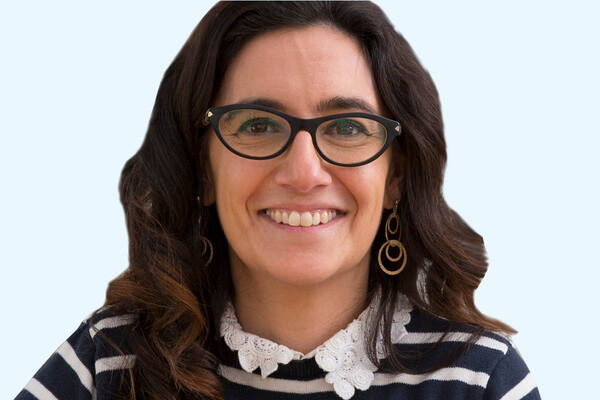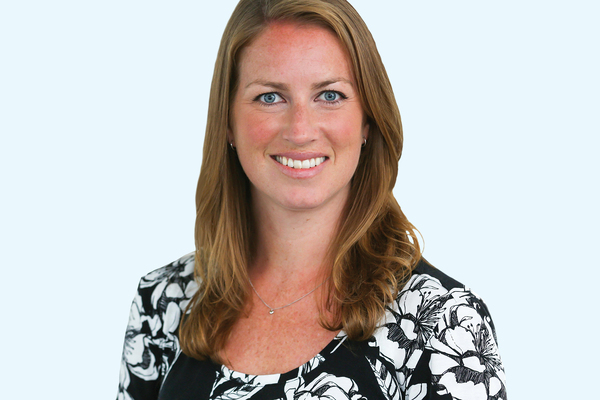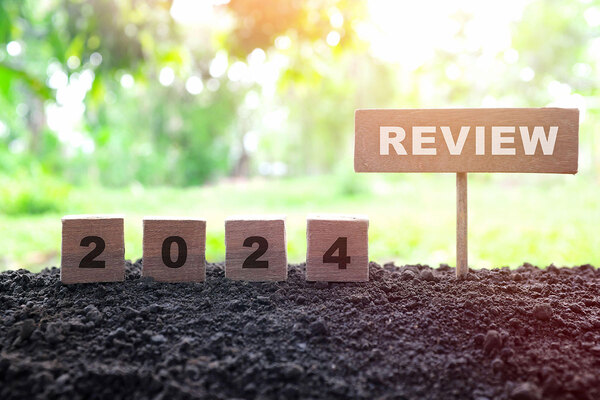You are viewing 1 of your 1 free articles
The Thinkhouse Review of 2023 – the best housing research of the year
Richard Hyde, chair of the Thinkhouse editorial panel, reveals the top five reports of the year, which deal with issues such as housing quality and affordability, as well as homelessness
2023 ended with nearly 900 reports – all of which look at ways to increase the amount and quality of the UK’s housing stock and the related economic, social and community benefits of doing this – on Thinkhouse.org.uk.
Time has flown by since Thinkhouse was launched in 2018, by myself and a number of other non-executive directors and executives from within and beyond the social housing sector. I like to think that we have built a very credible database for researchers and policymakers. We have remained true to our original aim of making access free and easy.
Along the way, we launched the Early Career Researcher’s Prize. I congratulate this year’s winner, Dr Philip Graham, a UKRI design innovation scholar at the University of Cambridge’s Department of Architecture, on his paper Living without the ladder: How adjustable housing could help us thrive in the 21st Century.
In 2023, the Thinkhouse editorial panel saw over 100 reports. All of them were uploaded and classified in our web library. The 20 members of the panel assess the quality of the research, innovation, the breadth of analysis and whether the recommendations can be translated easily into policy or influence decision-makers. The panel’s members are drawn from a cross-section of the housing world, spanning academia and research to the not-for-profit and business sectors.
The panel’s assessment translates into a score which we use to rank and then showcase the top reports. Here is the 2023 top five.
In fifth place is Housing Policy in a Changing World, edited by Mark Stephens for the Chartered Institute of Housing and the University of Glasgow.
Readers may be aware of the annual UK Housing Review, which provides statistics and analysis that are a rich source of data for the sector. However, until now, the chapters on contemporary issues, which give important insight into key areas of housing policy, have been behind a paywall. This document now allows readers, particularly students of housing, free access to pieces written by many of the most insightful researchers and experts in the sector over the last few years.
It consists of 17 Contemporary Issues chapters published between 2017 and 2023. These chapters are divided into six sections, the first of which provides an overview of 30 years of housing policy. It also goes on to look in detail at housing supply, consumption, finance and policy. It is a must-read for anyone in the sector.
In fourth place is The Cost of Ignoring Poor Housing, a report by the Building Research Establishment.
In his Thinkhouse blog for Inside Housing in September, Steve Moseley, executive director of governance and transformation at L&Q, who sits on our editorial panel, said this paper breaks down the trends behind rising housing costs for lower-income households.
It sets this out clearly in a series of salutary facts and fascinating, but depressing, charts. It details the trend of increasing numbers of low-income households residing in the private rented sector, driven there by the scarcity of social housing. This matters, the Institute for Fiscal Studies states, because those in the private rented sector have higher housing costs than both social renters and those owning with a mortgage, as well as having less security of tenure.
The main focus of the report is affordability, specifically Local Housing Allowance (LHA).
In third place is Turning the Tide on Rising Homelessness and Rough Sleeping by the late Lord Kerslake and his Commission on Homelessness and Rough Sleeping. Bob Kerslake is very sadly missed, and this report is a testament to the years of work, dedication and deep understanding he had of housing issues. He was a good friend to Thinkhouse and hosted our 2018 launch at the House of Lords.
The report concludes that the government will not meet its goal to end rough sleeping by 2024. In fact, rough sleeping is on the increase. At the heart of it are chronic and unresolved systemic issues, which have left the country vulnerable to new pressures.
This report warns that many of the problems outlined would be resolved if there was more supply of social rented and supported housing, and likens the scale of the challenges to those face in early 20th-century Britain.
In second place is the Institute of Fiscal Studies report Housing Quality and Affordability for Lower-Income Households by Tom Waters and Thomas Wernham.
Professor Ken Gibb, in his Thinkhouse blog for Inside Housing in October, said this paper contains some stark facts that should give us pause: “Housing costs are a first-order issue for poverty”. Despite rising mortgage rates, renters face higher housing costs than owners and, consequently, struggle due to lower incomes and higher rates of food insecurity or material deprivation.
The writers report that nearly half of all social tenants, a third of all private tenants, but just an eighth of owner-occupiers are rated as poor. Most of the focus is on the private rented sector and three points stand out.
First, the relatively low quality of private rented sector (PRS) homes for low-income renters (25% of homes would fail the Decent Homes Standard, compared with 18% in owner occupation and 12% in social renting).
Second, the refreezing of LHA has reduced the proportion of (Zoopla) advertised lets that would allow the LHA to cover rents, from 23% to only 5% (for the first quarter of 2023).
Third, a declining share of affordable properties for the PRS is associated with poorer-quality outcomes for lower-income private tenants. The authors conclude that, with the increasing number and share of low-income households in the PRS, the case for revisiting the level of LHA and support for housing costs is warranted. They recognise that this is a political matter, but it is hard for the reader to ignore the mounting evidence.
In first place is the annual Homelessness Monitor, edited for Crisis by Glen Bramley, Suzanne Fitzpatrick, Lynne McMordie, Hal Pawson, Beth Watts and Gillian Young. It provides its usual authoritative summary of one of the consequences of a shortage of affordable homes.
After several years of decline, the number of people sleeping rough in England grew in 2022. At 3,069 in November of that year, recorded rough sleeping was up 26% on the equivalent figure 12 months earlier.
According to the report, homelessness applications involving family households rose in 2021-22, with two-parent family applicants growing in number by 76%, substantially higher than in the pre-pandemic year of 2019-20 (25,020 compared with 21,240). Single-adult applicants, by contrast, fell in the latest year.
Since bottoming out in 2010-11, total temporary accommodation placements had more than doubled to over 100,000 households by 31 December 2022. Within this, bed and breakfast hotel placements rose more than fivefold since their 2009 nadir. Having increased sharply during the early part of the pandemic, B&B placements once again climbed steeply during 2022, up by 32% in the year to Q4 2022.
The homelessness impacts of the Ukrainian and Afghan refugee crises, and wider asylum dispersal pressures, ratcheted up existing temporary accommodation pressures on local authorities.
‘Core homelessness’ in England – a concept which captures the most acute forms of homelessness – is estimated to have affected 242,000 people in 2022, compared with 206,000 a decade ago. Current drivers of these increases relate primarily to inflation squeezing real incomes and increasing poverty and destitution, alongside rising private rents and evictions, and declining social rented lettings.
Further rises are projected in the longer term, particularly in London, with core homelessness rising by 37% above 2020 levels, to 303,000 by 2041.
The report outlines a number of short and long-term policy initiatives, which include allocating a significant proportion of social lettings to core homeless households, increasing the LHA, maximising prevention activity to the level of the higher-performing local authorities and increasing housing supply.
Being a store of intelligence on how our nation can increase the housing supply is why Thinkhouse was set up in 2018. It is, of course, disappointing that not enough progress has been made in that period. Political and funding constraints are still with us, but as highlighted by our top report, the consequences of not increasing the supply of social housing are real and stark.
Note: for the purpose of this article we include all reports put on the site in the 12 months to the end of November
Richard Hyde, founder of Thinkhouse and chair of the editorial panel, with contributions from other members of the panel
Sign up for our daily newsletter
Already have an account? Click here to manage your newsletters













